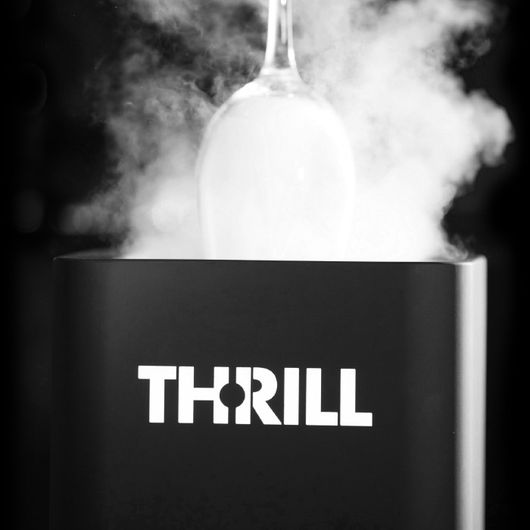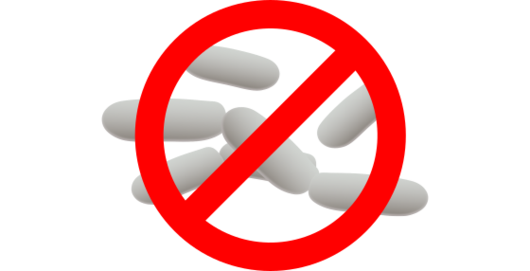Drink Safe, Chill with THRILL
The year 2020 has brought about a "New Phase" of the HoReCa industry as we reopen for business. “New Rules” will regulate the sector with particular regard to cleaning, hygiene, and the need to increase consumer confidence.
Customers will be far more sensitive to their surroundings and will reward the most innovative and demanding operations for taking all steps possible to protect their health.
Multiple layers of sanitization will be necessary. Thrill is that added layer, the final, visible step that puts your customer’s mind at ease.
THRILL is your last line of defense in a multi-layered approach to sanitization without slowing service, while controlling costs.
Breaks down the microbial load in a few seconds
Treating glasses with the Thrill machines, in addition to cooling the surface down to -35 ° C in a few seconds, has a sanitizing effect which allows to reduce up to 88% of the microbial load present on the surface.
To test its effectiveness, we asked the Department of Food Science of the University of Udine to carry out a laboratory analysis that would allow us to measure the disinfectant capacity of our products on glasses and other bars typical beverage containers.
You can read the result of this analysis in the table below, structured as follows:
- Untreated glass column indicates the quantity of microorganisms present on the control glasses surface, not treated with the Thrill machine;
- Treated glass column indicates the quantity of microorganisms present on the glass surface after a few seconds of treatment with our glass chiller machine;
- brackets indicate the percentage of microbial load reduction for each inoculated microorganism.
Analysis by the University of Udine
Summary table of the analysis carried out with comparison between contamination of treated and untreated surfaces.
| Inoculated microorganism | Untreated glass | Treated glass |
| Salmonella enteritidis | 9 x 102 | < 1 x 102 (> 88 %) |
| Staphylococcus aureus | 6 x 102 | < 1 x 102 (> 83 %) |
| Escherichia coli | 8 x 102 | < 1 x 102 (> 87 %) |
| Penicillium nalgiovense | 2 x 102 | 1 x 102 (> 83 %) |
| Listeria innocua | 5 x 104 | 1 x 103 (80 %) |
| Pseudomonas putida | 3 x 105 | 1 x 105 (> 66 %) |
| Brettanomyces bruxellensis | 2 x 102 | < 1 x 102 (50 %) |
Method
The microbial species tested represent the typical human, animal and faecal origin microorganisms which, commonly, can contaminate equipment to contain food as they are commonly prenent in the environment.
For each organism, a control glass (inoculated and untreated) was prepared and tested against a second glass that had been inoculated and treated with carbon dioxide.
After drying the glasses to ensure the microorganisms had adhered to the sides of the glass, the treatment, which consisted of blasting carbon dioxide into the inside of the glasses, was performed.
Data in colony-forming units (CFUs) / glass (% reduction).
Certificate of analysis N. 154 / MC (07.15.2014) issued by the Department of Food Science, University of Udine.

Discover our products
Cools and Sanitizes
Offer a better service to your customers
Improve the quality of your drinks


